The most asked question of a recognised successful angler by other anglers is, “How can I catch more fish and bigger fish? What their really asking is “How do I become a better angler?”
No one answered question, article or book can teach you how to catch all the species from all the different types of marks using a wide variety of technique. This comes usually after about 25 years fishing, and then only if your interest in fishing grows alongside your experience.
This 10 step guide is not an article then, on how to catch fish. It’s a map that guides you towards that goal, immaterial of whether you’re 10 or 60 years of age. Stay on its straight and narrow path and you’ll see your catches multiply. Most will ignore the advice and choose to continue as they always have. This is nature’s selection process which is where that old but true saying that “Ten percent of the anglers catch 90% of the fish” comes from. Our map is a path into that revered 10%.
No 1. MAKE A COMMITMENT
The first step to becoming a good angler is to consciously want to be better. All the best anglers have an inner drive that pushes them deeper and deeper into the sport. This is a natural progression that needs to be in you from the start. Without it, you probably won’t be reading this article anyway. You need to establish in your mind that from now on your fishing will be serious. Fellow anglers will tell you that fishing should be fun and light hearted, but you’ll find fishing far more fun when you do get serious and start to really think about what you’re doing. The hardest step is that first one!
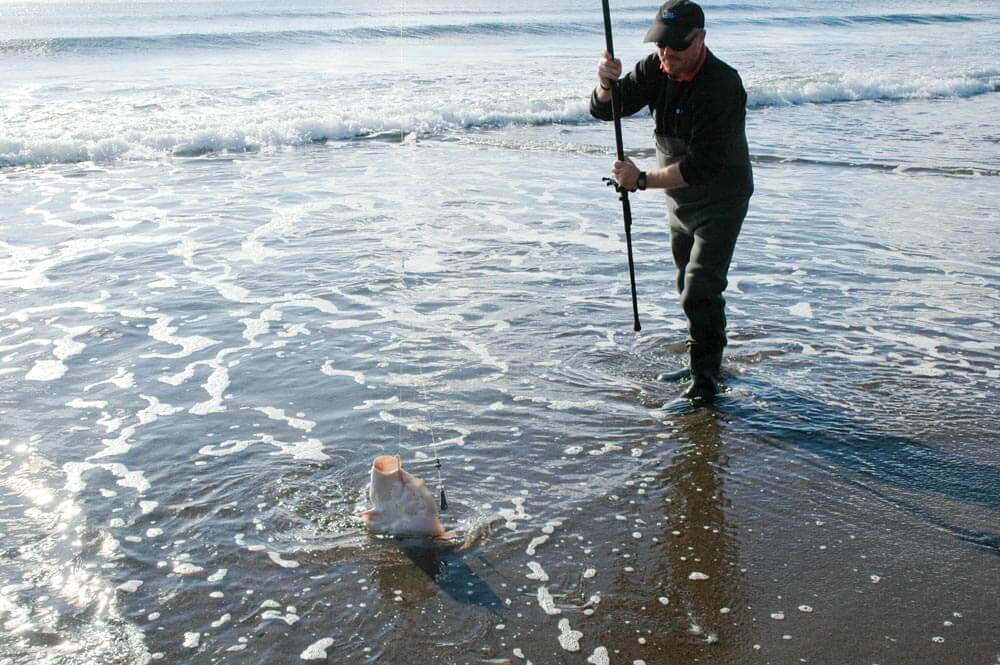
No 2. READ, READ, AND READ SOME MORE
There is no substitute for experience. You have none, or not much at your disposal, so go to the people that have. Buy angling books, both new and old. Read articles on every angling subject. Make sure you understand what is written, then apply it to your own fishing.
Angling writers often talk candidly in articles about information and techniques that took them years to acquire. They pass this on in a few hundred words that you can soak up in minutes. Use their experiences to make short cuts to build up your own knowledge and provide new ideas of your own.
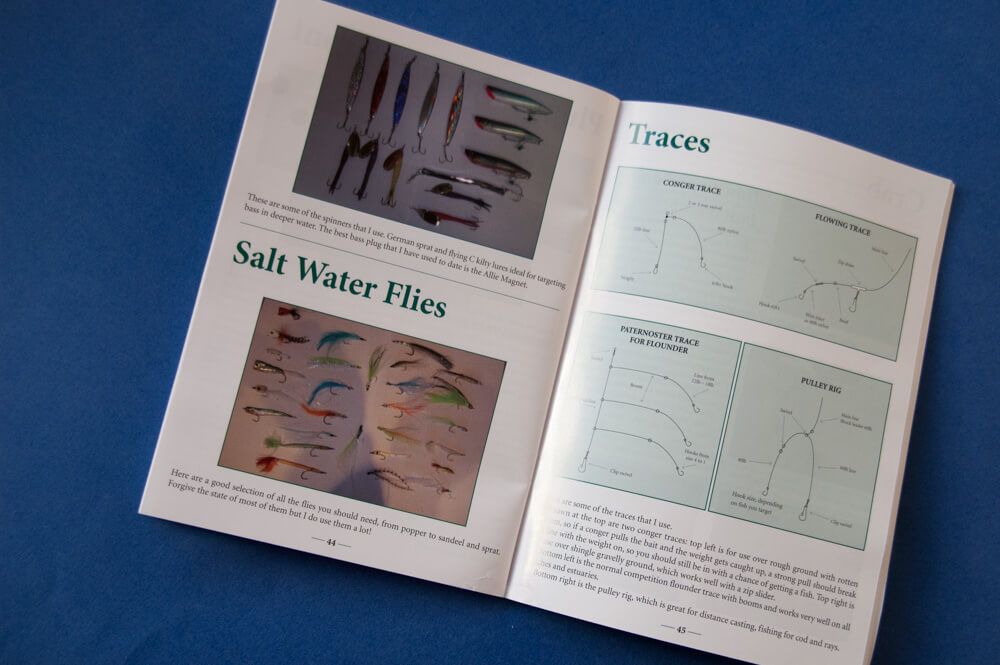
No 3. JOIN A CLUB
By joining an angling club you get access to anglers that have knowledge of your local waters, seasonal variations, and most importantly, the best marks. They won’t spill this information immediately. You’ll need to join in, become accepted, show them you’re genuinely keen and can be trusted before they pass on what they know.
Whether your interest lies with competition fishing or specimen hunting, do fish the club competitions in the beginning. It is true that competitions give you a hunger to do well. No body likes being beaten, this competitive edge makes you experiment constantly and compare your own efforts with that of the next man. It literally speeds up your learning process.
Club boat trips are especially enlightening because all the anglers are within a few feet of each other. Watch the ones catching fish regularly, their rigs, baits and presentation. Your own lost fishing time that day spent in observation is time saved in the future.
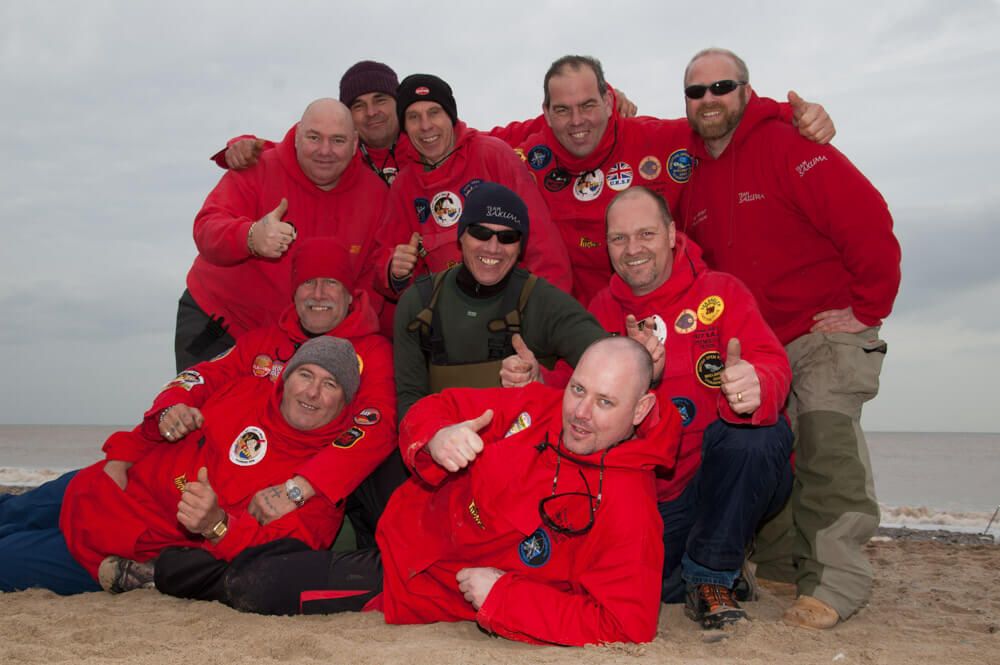
No 4. KEEP NOTES AND A FISHING LOG
Make sure everything you hear in conversation that might be useful is noted down. You’re looking for particular competition match pegs that keep throwing up consistent bags of fish, pleasure fishing marks that the best anglers keep going to, especially on particular sizes of tides and in certain weather conditions. The baits and rigs used by the successful anglers, reliable bait beds, and any big or notable fish that are caught from the marks you intend to fish. These are often well documented in the angling press and can be a mound of information.
Other useful contact to encourage is with divers. They get to see the seabed beyond the low water line which we never do. Sometimes they return with stories of fish they’ve seen. Use your common sense to separate exaggeration from logic here, but do pay attention to what they say.
One of the best is simple conversation and having the time to keep your eyes and ears open in your local tackle shop. Most anglers can’t help themselves but tell the world just how they beat that biggie. Occasionally, an angler will change the location of where the fish was caught, but you’ll quickly get to know where he likes to fish and then can form your own idea of where he was truly fishing.
Lastly, analyse deeply your own triumphs and failures. The successful days are satisfying to write down, but those failures can teach you an equal amount. Watch for patterns appearing on specific marks and in specific areas during different weather patterns and wind directions. This gives you the power of prediction and limits wasted effort in areas where few fish are feeding.
No 5. TACKLE
No amount of quality tackle will make you a better angler if you can’t use it. It’s better to let your tackle accumulate as you progress. In this way, the gear you do buy is properly tailored to your own personal needs. Remember, it takes only one rod and reel used by the right angler to catch a record fish or win a top match.
This highlights the younger angler that worries because his gear is old, tired, maybe out of fashion and unlikely to be seen in the hands of Paul Kerry, Neil Mackellow or Barney Wright. Its inadequacies and lack of quality are teaching you exactly what a good rod should be. You’ll learn more about tackle from gear such as this than you would from a modern high priced casting pole. It’s knowledge that you will draw on for the rest of your life.
What you need to do is to get your gear organized. Carrying everything you have with you, as many anglers do, is a mistake. Start with plenty of rigs, some different patterns of hooks, a small variety of weights, leader line and spare main line. You soon learn that the less you have with you the better you will fish because it makes you experiment more.
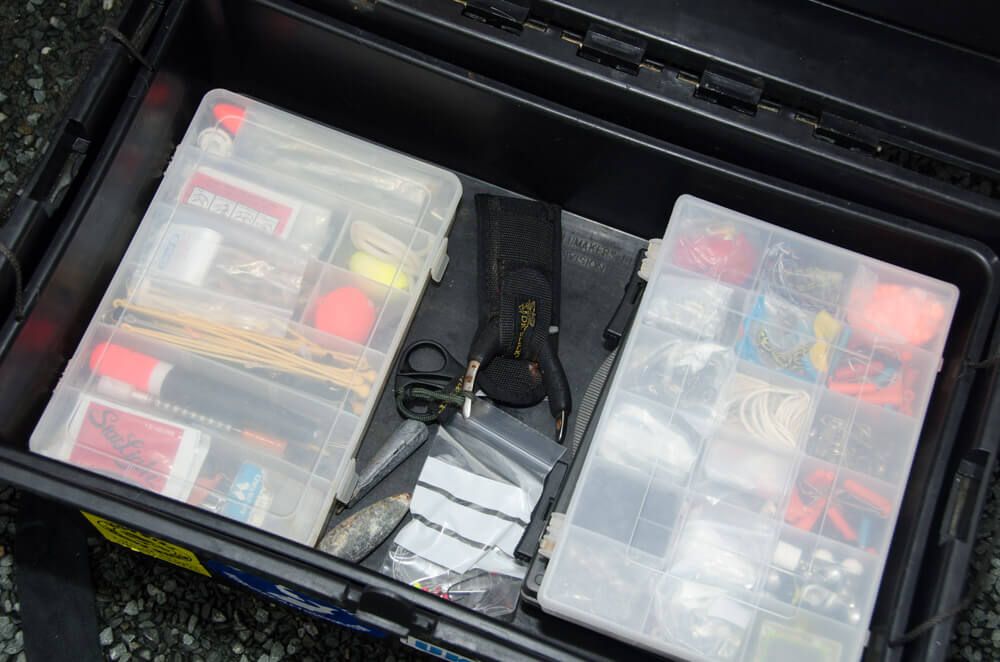
No 6. LEARN NEW SKILLS
Angling is a game of options. When you’re not catching, the more options you have available the more likely you are to have a solution.
The really scary one of learning to cast further will not put off that potential 10 percent man. More distance means more area covered with the bait presented to a wider audience of fish. You can reach special ground that others can’t, and in rough weather will still catch fish when others are empty handed.
The biggest fear factor in angling is probably fishing rough ground. The thought of constantly being snagged and losing huge amounts of gear puts those 90 percent men off. Yet, the cleaner beaches generally hold fewer and smaller fish than the rough ground. Learn to fish the rough if you want consistency with quality fish like bass, cod, huss, conger, wrasse and more.
Base the rigs you tie on those used by successful anglers so that you understand the thinking behind them, experiment, then modify them to suit your own needs. Begin to make your own leads to reduce cash losses and to have a wider variety of weight sizes and shapes available to combat different weather and tide types, and also to allow a choice of an anchored bait, or one allowed to drift by tide pressure on the line.
Learn to maintain your own reel and even build your own rods just so that the rod is more a part of you and your confidence with it is high. That confidence comes from knowing that your gear is in tip top order.
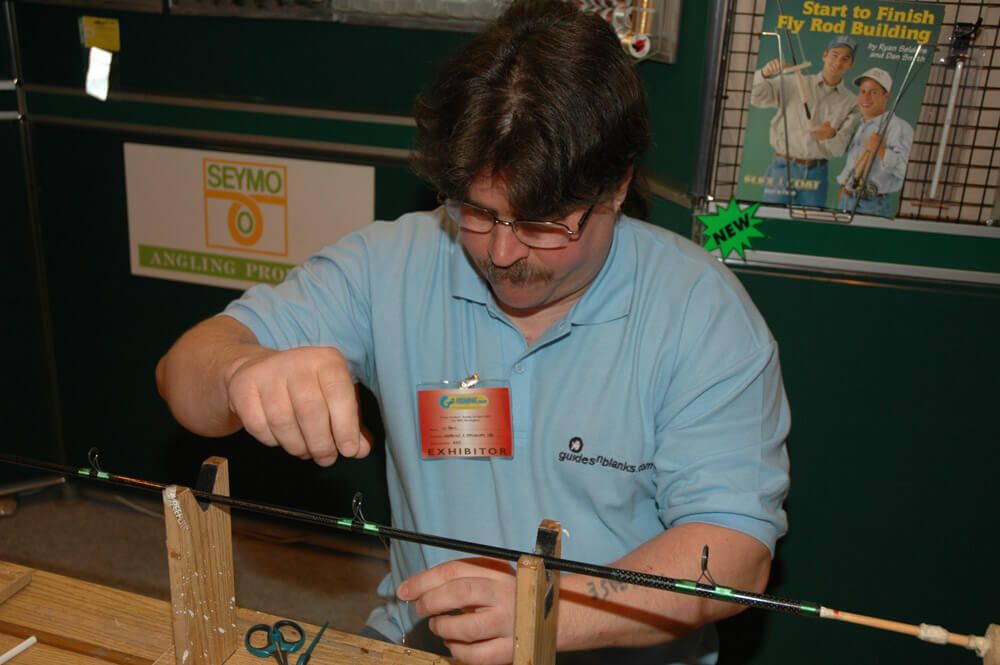
No 7. BAIT
Bait is your most important commodity. You need fresh bait, lots of it, and a variety, too! Invariably this will mean digging the bulk of it yourself.
Set up, if possible, a storage facility at home both for live bait and frozen. This eliminates unnecessary losses and maintains a more constant supply that you can rely on. Black lug and white rag are generally only available on the bigger tides, so collect them and store them at home until you need them. Also, you can bring on to peeling perfection crab just prior to a trip or match.
Bait care is just as important when actually going fishing. Use a cool box if possible to keep bait chilled which preserves them longer and keeps them fresher and more natural.
Alternatively, simply re-wrapping lug and rag in fresh newspaper daily adds days to their life and appeal to the fish. A simple thing to do, but one that has far reaching effects on the numbers of fish caught.
Carrying a variety of baits will increase your catch more than any other factor. Use them singly, then in combinations and learn which species like which combination of baits.
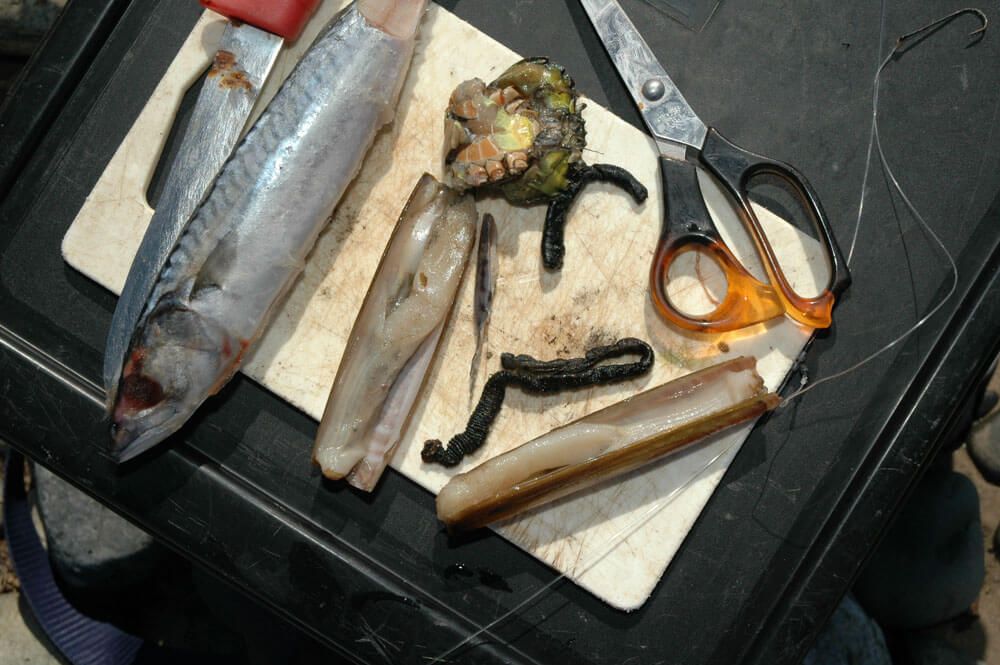
No 8. SPECIALISE?
If competitions are your interest, then you’ll need to specialise in catching the smaller fish generally, as most matches are won with the highest aggregate number of fish, be it for points or weight.
Outside the competition field it can pay initially, to target one particular species for each season. Say, bass in the spring, wrasse in the summer, whiting in the autumn and cod in the winter. There is method here.
The bass are nomadic, caught over varied ground, on a variety of techniques, at specific times, and will teach you patience. Wrasse are a close quarter fish from the rocks and make you aware that big fish can and do feed tight to the shore. The whiting are a numbers fish which brings in speed and organisation, plus they change distance from the shore as the tide flows from flood to ebb which makes you aware of the need to continually search for fish on beaches. Lastly, the cod! They make you understand the need to improve your casting, the potential of fishing into bad weather and rough ground, and their habit of disappearing from one tide to the next to highlight the need for accurate written records.
Good anglers will have specialised at some time. The very best anglers are the true all rounders, though! Their sheer experience of variety gives them instant ideas to try as new problems arise.
What’s more, is that true all rounders will inevitably catch a greater number of big fish. They use their knowledge of smaller species to predict where the big fish will be, knowing full well the importance of the food chain.
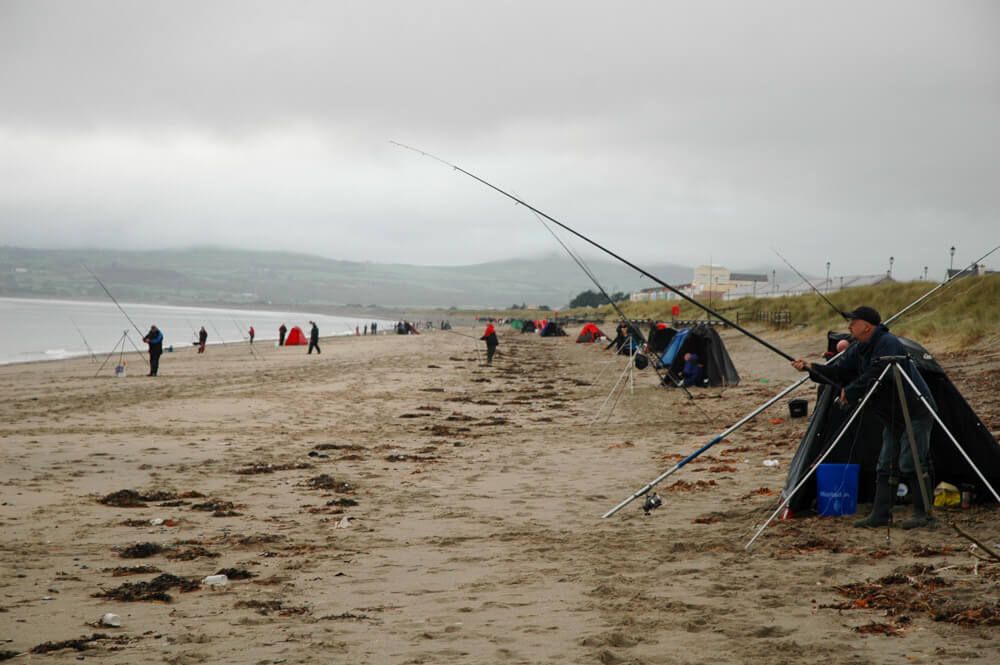
No 9. WEATHER AND TIMING
The weather has a huge bearing on the species and numbers of fish likely to be inshore. Understanding how the weather affects your selected coast is vital to your overall results.
All beaches produce either the biggest variety or biggest fish when the wind comes from a particular quarter. Some beaches hold unusual species when the wind blows from a direction away from the prevailing winds. Storms from a definite direction can displace hidden food like mussels or slipper limpets that draw cod and bass in during the winter. This brings us back to those written records again.
Such food explosions make you aware that good timing has such an important part to play. You need to be fishing as that food is being washed ashore, not four days later when nothing is left. Too many anglers chase fish that have long since fed and gone!
It’s far better to fish for two hours at the right time, than all night at the wrong time. So many anglers are seen fishing a cod bait on a shallow beach on neap tides when cod only work close in on the springs. Its wasted effort! Start by fishing short sessions on a regular basis, rather than much longer stints. Short trips should centre on low and high water first, then spread your attentions to mid flood and ebb periods. This builds up a picture of how a mark fishes over the different tides and weather patterns.
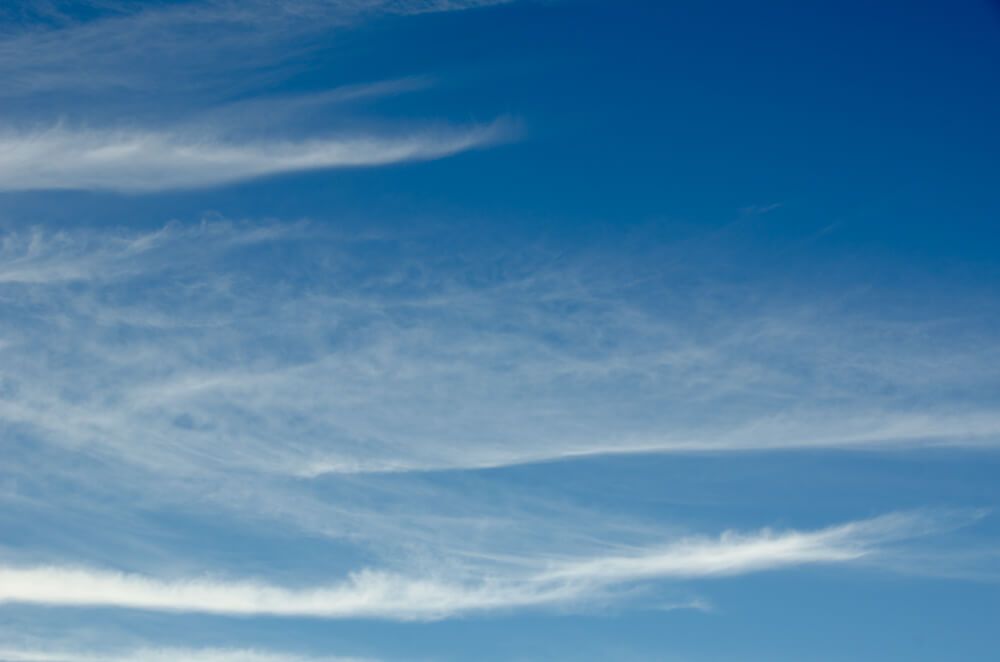
No 10. TRAVEL
There comes a time when you exhaust the knowledge that is available locally, be it from more experienced anglers you have contact with, or through your own fishing.
Try to travel to marks further afield. Travel will increase your circle of acquaintances that open up new ideas, new ground, new techniques and probably new species. This in turn creates new ideas that can be applied to enhance your local success. What tends to work for a species in one area has a good chance of working for that species in another. Often though, local tactics, not being applicable to a particular species sees none caught, yet they may be available in good numbers with big fish resident when you employ outside techniques.
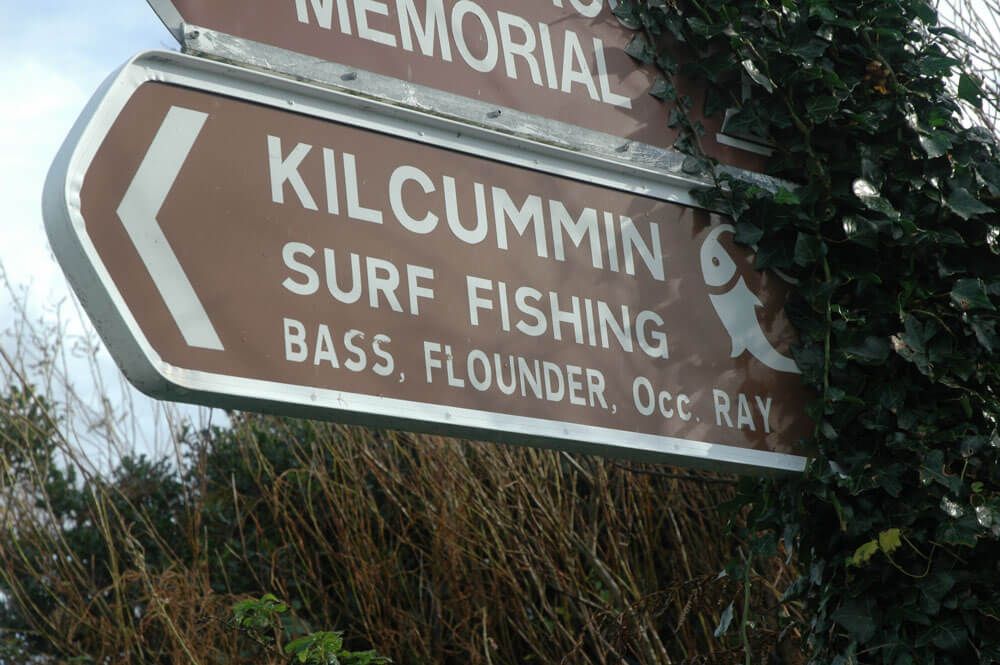
No one answered question, article or book can teach you how to catch all the species from all the different types of marks using a wide variety of technique. This comes usually after about 25 years fishing, and then only if your interest in fishing grows alongside your experience.
This 10 step guide is not an article then, on how to catch fish. It’s a map that guides you towards that goal, immaterial of whether you’re 10 or 60 years of age. Stay on its straight and narrow path and you’ll see your catches multiply. Most will ignore the advice and choose to continue as they always have. This is nature’s selection process which is where that old but true saying that “Ten percent of the anglers catch 90% of the fish” comes from. Our map is a path into that revered 10%.
No 1. MAKE A COMMITMENT
The first step to becoming a good angler is to consciously want to be better. All the best anglers have an inner drive that pushes them deeper and deeper into the sport. This is a natural progression that needs to be in you from the start. Without it, you probably won’t be reading this article anyway. You need to establish in your mind that from now on your fishing will be serious. Fellow anglers will tell you that fishing should be fun and light hearted, but you’ll find fishing far more fun when you do get serious and start to really think about what you’re doing. The hardest step is that first one!

No 2. READ, READ, AND READ SOME MORE
There is no substitute for experience. You have none, or not much at your disposal, so go to the people that have. Buy angling books, both new and old. Read articles on every angling subject. Make sure you understand what is written, then apply it to your own fishing.
Angling writers often talk candidly in articles about information and techniques that took them years to acquire. They pass this on in a few hundred words that you can soak up in minutes. Use their experiences to make short cuts to build up your own knowledge and provide new ideas of your own.

No 3. JOIN A CLUB
By joining an angling club you get access to anglers that have knowledge of your local waters, seasonal variations, and most importantly, the best marks. They won’t spill this information immediately. You’ll need to join in, become accepted, show them you’re genuinely keen and can be trusted before they pass on what they know.
Whether your interest lies with competition fishing or specimen hunting, do fish the club competitions in the beginning. It is true that competitions give you a hunger to do well. No body likes being beaten, this competitive edge makes you experiment constantly and compare your own efforts with that of the next man. It literally speeds up your learning process.
Club boat trips are especially enlightening because all the anglers are within a few feet of each other. Watch the ones catching fish regularly, their rigs, baits and presentation. Your own lost fishing time that day spent in observation is time saved in the future.

No 4. KEEP NOTES AND A FISHING LOG
Make sure everything you hear in conversation that might be useful is noted down. You’re looking for particular competition match pegs that keep throwing up consistent bags of fish, pleasure fishing marks that the best anglers keep going to, especially on particular sizes of tides and in certain weather conditions. The baits and rigs used by the successful anglers, reliable bait beds, and any big or notable fish that are caught from the marks you intend to fish. These are often well documented in the angling press and can be a mound of information.
Other useful contact to encourage is with divers. They get to see the seabed beyond the low water line which we never do. Sometimes they return with stories of fish they’ve seen. Use your common sense to separate exaggeration from logic here, but do pay attention to what they say.
One of the best is simple conversation and having the time to keep your eyes and ears open in your local tackle shop. Most anglers can’t help themselves but tell the world just how they beat that biggie. Occasionally, an angler will change the location of where the fish was caught, but you’ll quickly get to know where he likes to fish and then can form your own idea of where he was truly fishing.
Lastly, analyse deeply your own triumphs and failures. The successful days are satisfying to write down, but those failures can teach you an equal amount. Watch for patterns appearing on specific marks and in specific areas during different weather patterns and wind directions. This gives you the power of prediction and limits wasted effort in areas where few fish are feeding.
No 5. TACKLE
No amount of quality tackle will make you a better angler if you can’t use it. It’s better to let your tackle accumulate as you progress. In this way, the gear you do buy is properly tailored to your own personal needs. Remember, it takes only one rod and reel used by the right angler to catch a record fish or win a top match.
This highlights the younger angler that worries because his gear is old, tired, maybe out of fashion and unlikely to be seen in the hands of Paul Kerry, Neil Mackellow or Barney Wright. Its inadequacies and lack of quality are teaching you exactly what a good rod should be. You’ll learn more about tackle from gear such as this than you would from a modern high priced casting pole. It’s knowledge that you will draw on for the rest of your life.
What you need to do is to get your gear organized. Carrying everything you have with you, as many anglers do, is a mistake. Start with plenty of rigs, some different patterns of hooks, a small variety of weights, leader line and spare main line. You soon learn that the less you have with you the better you will fish because it makes you experiment more.

No 6. LEARN NEW SKILLS
Angling is a game of options. When you’re not catching, the more options you have available the more likely you are to have a solution.
The really scary one of learning to cast further will not put off that potential 10 percent man. More distance means more area covered with the bait presented to a wider audience of fish. You can reach special ground that others can’t, and in rough weather will still catch fish when others are empty handed.
The biggest fear factor in angling is probably fishing rough ground. The thought of constantly being snagged and losing huge amounts of gear puts those 90 percent men off. Yet, the cleaner beaches generally hold fewer and smaller fish than the rough ground. Learn to fish the rough if you want consistency with quality fish like bass, cod, huss, conger, wrasse and more.
Base the rigs you tie on those used by successful anglers so that you understand the thinking behind them, experiment, then modify them to suit your own needs. Begin to make your own leads to reduce cash losses and to have a wider variety of weight sizes and shapes available to combat different weather and tide types, and also to allow a choice of an anchored bait, or one allowed to drift by tide pressure on the line.
Learn to maintain your own reel and even build your own rods just so that the rod is more a part of you and your confidence with it is high. That confidence comes from knowing that your gear is in tip top order.

No 7. BAIT
Bait is your most important commodity. You need fresh bait, lots of it, and a variety, too! Invariably this will mean digging the bulk of it yourself.
Set up, if possible, a storage facility at home both for live bait and frozen. This eliminates unnecessary losses and maintains a more constant supply that you can rely on. Black lug and white rag are generally only available on the bigger tides, so collect them and store them at home until you need them. Also, you can bring on to peeling perfection crab just prior to a trip or match.
Bait care is just as important when actually going fishing. Use a cool box if possible to keep bait chilled which preserves them longer and keeps them fresher and more natural.
Alternatively, simply re-wrapping lug and rag in fresh newspaper daily adds days to their life and appeal to the fish. A simple thing to do, but one that has far reaching effects on the numbers of fish caught.
Carrying a variety of baits will increase your catch more than any other factor. Use them singly, then in combinations and learn which species like which combination of baits.

No 8. SPECIALISE?
If competitions are your interest, then you’ll need to specialise in catching the smaller fish generally, as most matches are won with the highest aggregate number of fish, be it for points or weight.
Outside the competition field it can pay initially, to target one particular species for each season. Say, bass in the spring, wrasse in the summer, whiting in the autumn and cod in the winter. There is method here.
The bass are nomadic, caught over varied ground, on a variety of techniques, at specific times, and will teach you patience. Wrasse are a close quarter fish from the rocks and make you aware that big fish can and do feed tight to the shore. The whiting are a numbers fish which brings in speed and organisation, plus they change distance from the shore as the tide flows from flood to ebb which makes you aware of the need to continually search for fish on beaches. Lastly, the cod! They make you understand the need to improve your casting, the potential of fishing into bad weather and rough ground, and their habit of disappearing from one tide to the next to highlight the need for accurate written records.
Good anglers will have specialised at some time. The very best anglers are the true all rounders, though! Their sheer experience of variety gives them instant ideas to try as new problems arise.
What’s more, is that true all rounders will inevitably catch a greater number of big fish. They use their knowledge of smaller species to predict where the big fish will be, knowing full well the importance of the food chain.

No 9. WEATHER AND TIMING
The weather has a huge bearing on the species and numbers of fish likely to be inshore. Understanding how the weather affects your selected coast is vital to your overall results.
All beaches produce either the biggest variety or biggest fish when the wind comes from a particular quarter. Some beaches hold unusual species when the wind blows from a direction away from the prevailing winds. Storms from a definite direction can displace hidden food like mussels or slipper limpets that draw cod and bass in during the winter. This brings us back to those written records again.
Such food explosions make you aware that good timing has such an important part to play. You need to be fishing as that food is being washed ashore, not four days later when nothing is left. Too many anglers chase fish that have long since fed and gone!
It’s far better to fish for two hours at the right time, than all night at the wrong time. So many anglers are seen fishing a cod bait on a shallow beach on neap tides when cod only work close in on the springs. Its wasted effort! Start by fishing short sessions on a regular basis, rather than much longer stints. Short trips should centre on low and high water first, then spread your attentions to mid flood and ebb periods. This builds up a picture of how a mark fishes over the different tides and weather patterns.

No 10. TRAVEL
There comes a time when you exhaust the knowledge that is available locally, be it from more experienced anglers you have contact with, or through your own fishing.
Try to travel to marks further afield. Travel will increase your circle of acquaintances that open up new ideas, new ground, new techniques and probably new species. This in turn creates new ideas that can be applied to enhance your local success. What tends to work for a species in one area has a good chance of working for that species in another. Often though, local tactics, not being applicable to a particular species sees none caught, yet they may be available in good numbers with big fish resident when you employ outside techniques.


